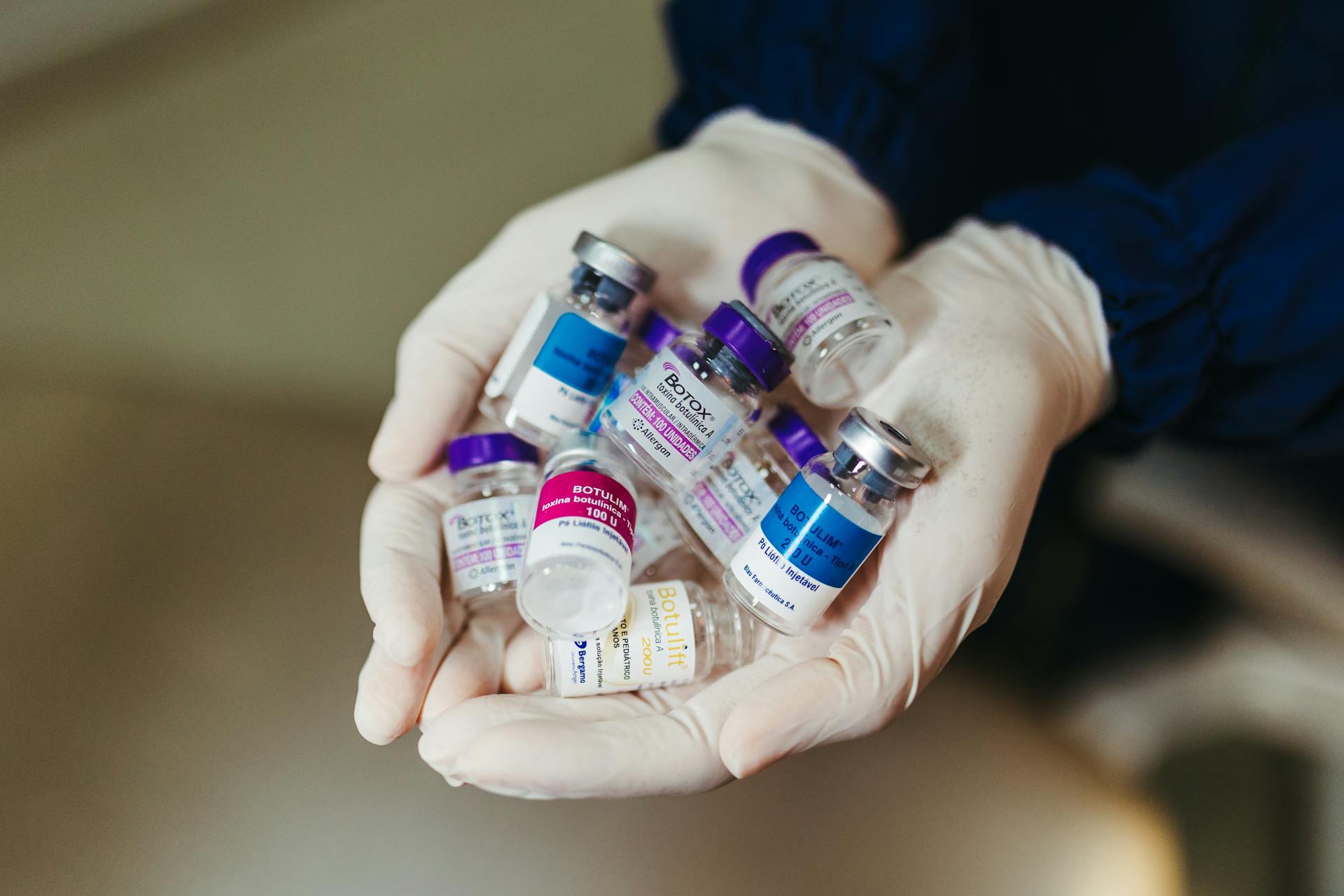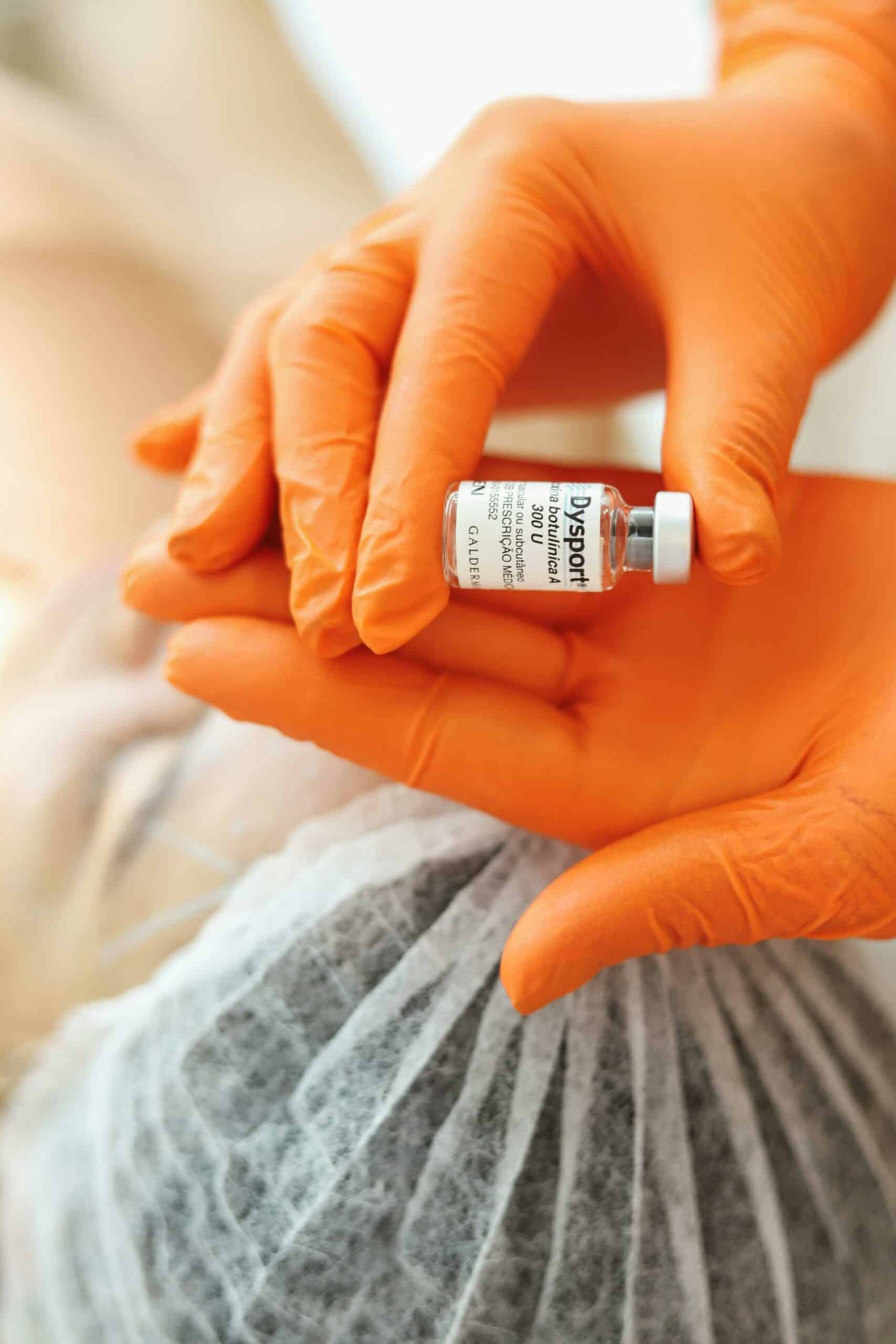How Often Should I Get Botox? Botox is one of the most popular non-invasive treatments for reducing fine lines and wrinkles. However, one of the most common questions people have is, "How often should I get Botox?" The answer depends on various factors, including your treatment goals, the areas being treated, and how your body …
How Often Should I Get Botox?
Botox is one of the most popular non-invasive treatments for reducing fine lines and wrinkles. However, one of the most common questions people have is, “How often should I get Botox?” The answer depends on various factors, including your treatment goals, the areas being treated, and how your body responds to the injections. In this guide, we’ll break down what you need to know based on expert insights.
Understanding Botox and Its Longevity
Botox, derived from botulinum toxin, works by temporarily relaxing the muscles responsible for creating wrinkles. Over time, as the effects wear off, muscle activity resumes, leading to the reappearance of fine lines. The duration of these results can vary from person to person, which ultimately influences how frequently treatments are needed.
Typically, Botox results last between 3 to 4 months, but factors such as age, metabolism, and lifestyle choices can impact how long the effects last. Some individuals may notice shorter or longer-lasting results, but most patients observe a gradual return of muscle movement around the three-month mark.
How Often Should You Schedule Botox Injections?
On average, Botox treatments are recommended every 3 to 4 months to maintain optimal results. However, individual factors, such as the strength of your facial muscles and the area being treated, can affect this timing. For some, especially first-time patients, a few initial treatments spaced closer together may be recommended to “train” the muscles to respond more effectively. Once the desired results are achieved, you can likely move to a more consistent maintenance schedule.
Factors That Affect Botox Longevity
Age and Skin Condition: Younger individuals or those with fewer wrinkles may find that Botox lasts longer, while older patients might notice that results fade sooner due to stronger facial muscles or deeper lines.
Metabolism: People with faster metabolisms may break down the botulinum toxin more quickly, leading to shorter-lasting results.
Lifestyle Choices: Habits like smoking, frequent sun exposure, or high-stress levels can affect Botox’s longevity. Maintaining a healthy lifestyle with sun protection and stress management can help extend the results.
Areas of Treatment and Frequency Recommendations
Different areas of the face may require slightly different approaches for Botox longevity:
Crow’s Feet and Forehead Lines: These areas are common targets for Botox and typically show results for about 3 months. Due to frequent movement from facial expressions, these areas may require more regular maintenance.
Frown Lines (Glabellar Lines): Frown lines may need more frequent treatments, especially for individuals with strong facial muscles in this area. Regular treatments every 3 to 4 months are often recommended.
Lip Lines and Neck Bands: Areas like the lips (e.g., for a “lip flip”) and neck bands are highly mobile and may require touch-ups every 2 to 3 months to maintain results.
Signs That It’s Time for a Botox Touch-Up
Since everyone metabolizes Botox differently, it’s helpful to listen to your body. While a 3 to 4-month schedule is typical, you may need a touch-up sooner if you start noticing certain signs. Here are some indicators that it’s time for a refill:
- Fine lines and wrinkles are reappearing.
- Muscle movement in the treated area is gradually returning.
- The smooth, wrinkle-free look you initially achieved has diminished.
How Lifestyle Choices Affect Botox Results
Several lifestyle factors can impact the longevity of Botox results. Here are some tips to help extend the time between treatments:
Sun Protection: Excessive sun exposure can break down collagen, accelerate aging, and potentially shorten the effectiveness of Botox. Protect your skin by using SPF and avoiding intense sun exposure.
Minimizing Stress: High-stress levels can lead to more facial tension, which may cause wrinkles to reappear sooner. Practicing stress management techniques can help you maintain smoother results.
Healthy Skin Care Routine: A consistent skincare routine that includes hydration and moisturization can complement Botox treatments and prolong their effects.
What Happens If You Wait Too Long Between Botox Sessions?
If you go beyond the recommended time between Botox sessions, your muscles will gradually regain full movement, and wrinkles will start to reappear. While this won’t affect future treatments, it may take a few sessions to fully smooth out the lines again if they have deepened. For this reason, many professionals suggest sticking to a 3 to 4-month routine if your goal is to keep lines minimized and prevent them from deepening.
Conclusion: Finding Your Ideal Botox Schedule
The ideal Botox schedule varies depending on factors like age, lifestyle, and treatment areas. For most people, a 3 to 4-month interval is sufficient, though some may need treatments sooner based on their body’s unique response to Botox.
To maximize your results:
- Stick to a regular schedule based on your skin’s needs.
- Pay attention to how your skin and muscles respond over time.
- Adopt a healthy lifestyle to prolong the effects.
For personalized advice, it’s best to consult with a provider to develop a schedule tailored to your specific needs. Regular communication with your Botox provider will help you achieve optimal, long-lasting results.





